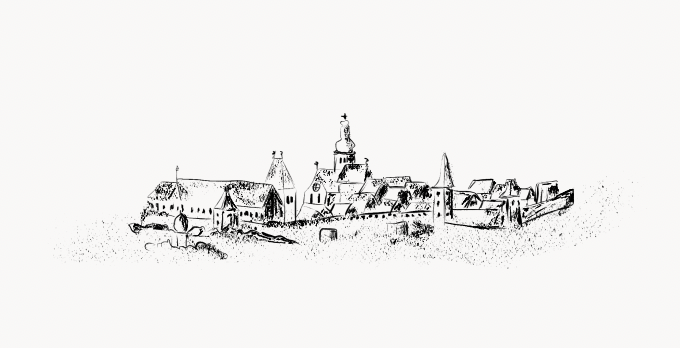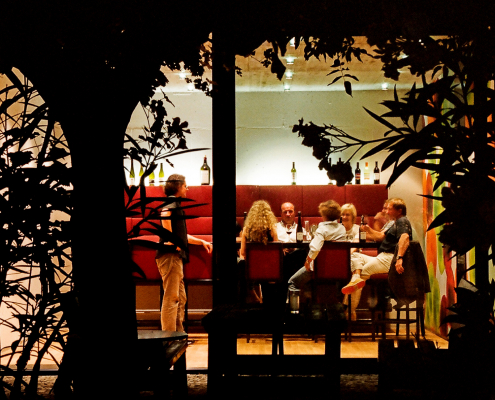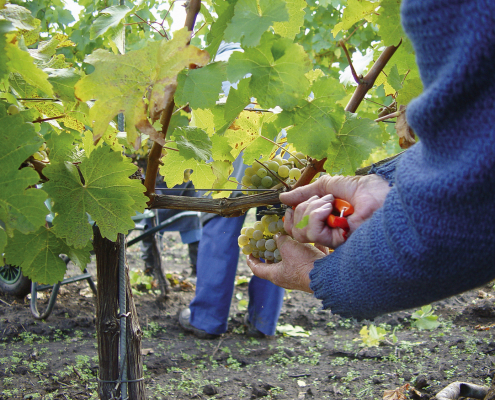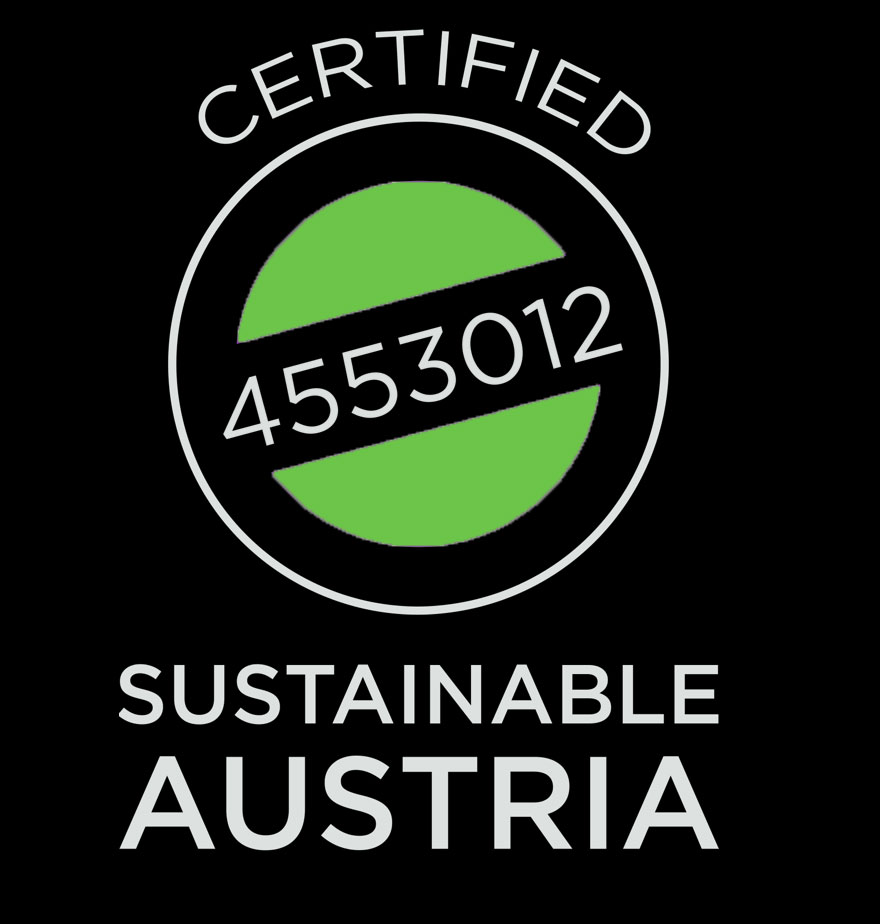Schrattenthal
The Zull winery is located in Schrattenthal, the smallest wine town in Austria, 80 kilometres north of Vienna. First mentioned in a document in 1220, Schrattenthal is a historic municipality in the north-west of the Weinviertel & close to the cooler Waldviertel and the border with the Czech Republic.
The winery
With a vineyard area of 17.5 hectares, the Zull winery is small and manageable. Around 74,0000 vines are cultivated in 17 different plots, mainly using the medium-high training system. The vineyards are located in the cadastral communities of Schrattenthal, Obermarkersdorf and Leodagger and are planted with 75% white wine and 25% red wine vines. This results in an annual production of around 100,000 bouteilles (0.75 liters). 65% of the wines are now exported to 18 countries.
Management
Out of respect for nature, the Zull winery cultivates its vineyards without using herbicides or artificial fertilizers. To protect flora and fauna in the long term, plant protection is carried out using agents that are gentle on beneficial organisms. As an environmentally conscious business, the winery fulfills the requirements of the strictly “Controlled Integrated Production” (KIP).
Through sustainable compost management, alternating greening of the vineyards and the application of compost tea, the Zull winery not only protects the environment, but also increases soil fertility. Most of the work is done by hand – so a manual grape harvest is a matter of course. The winery has been Nachhaltig Austria certified since 2019 and has been a member of the circle of traditional Austrian wineries since 2024.
Geology and Terroir
The vineyards around Schrattenthal lie at altitudes between 260 and 390 meters above sea level, roughly at the same latitude as the French wine-growing region of Alsace. The nearby Manhartsberg – a granite massif of the Bohemian Massif and natural border to the Waldviertel – characterizes the soils in the region. Here, granite soils up to six hundred million years old can be found with more or less loess layers.
This fine drifting sand – a sediment consisting mainly of silt – was last blown in from the east around 11,700 years ago during the last ice age. The higher forests in the west have a major influence on the continental climate – in particular the cool winds, which have a positive effect on the aroma of the grapes during ripening.







